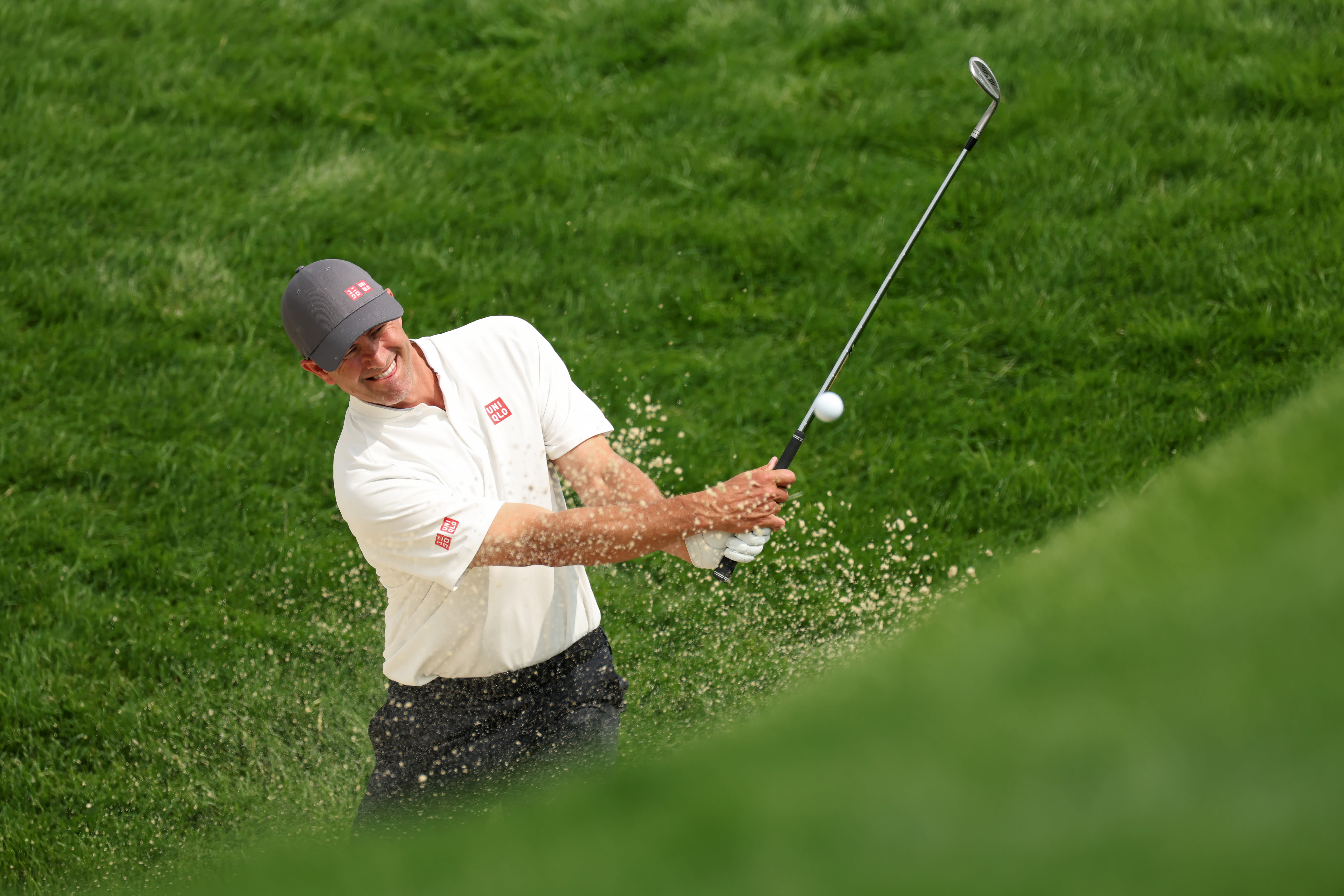quick coaching
Adam Scott’s 96 Consecutive Majors: 3 Key Lessons for Every Golfer
By Brendon Elliott, PGA
Published on

As the weekend at the 125th US Open at Oakmont Country Club are underway, one player stood out to me—not because he was leading, but because of what his position represented.
Adam Scott, at 44 years old, sits just a few shots behind leader Sam Burns going into what promises to be an intensely difficult weekend at Oakmont. But here's what really got my attention: this U.S. Open marked Scott's 96th consecutive major championship appearance.
Let me put that in perspective for you. What Scott has accomplished—showing up and competing at golf's highest level for 23 straight years—is something that goes way beyond natural talent.
Scott's run began at the 2001 Open Championship when he was just 21. Think about that—he's been qualifying for and playing in every major since some of you were learning to drive! He's now just four majors away from matching Jack Nicklaus's record of 100 consecutive appearances, a streak I honestly thought we'd never see challenged.

Scott represents not just longevity, he's a masterclass in sustainable excellence. His pre-shot routine and fundamentals have remained virtually unchanged throughout his career, and those are things that help when the heats on. I've seen weekend players transform their games simply by developing and sticking to a consistent routine. When your 4-footer for par matters just as much to you as Scott's does to him, having that reliable process makes all the difference.
4 Keys to Golf Longevity Like Adam Scott
1. Prioritize the center of the green. Scott's iron play has always been about precision over aggression. The players who consistently score well are the ones who understand that hitting to the fat part of the green beats chasing pins. I tell my students: "Pin-hunting is ego; center-hunting is scoring."
2. Develop unshakeable fundamentals. Scott's swing has evolved, but his fundamentals have remained rock-solid. I've seen countless players chase the latest swing fad, but the ones with longevity—like Scott—build their games on principles that don't change. Grip, stance, alignment, posture—master these, and you'll play good golf for decades.
3. Embrace adaptability. When the anchored putter ban hit in 2016, Scott could have packed it in. Instead, he rebuilt his putting stroke from scratch. I've coached players through similar transitions—equipment changes, physical limitations, rule modifications. The survivors adapt; the others make excuses.
4. Play your own game. Scott doesn't try to be anyone else on the course. Over three decades of teaching, I've noticed that players who constantly compare themselves to others burn out faster. Scott plays within himself, manages his expectations, and competes against the course, not just the field.
The Key Takeaways From 96 Majors
As Scott plays the weekend at Oakmont, positioned to potentially win his second major, I'm reminded of something I've learned after 30 years in this business: the most impressive careers aren't always measured by the highest peaks, but by the sustained excellence over time.

Whether Scott wins this week or not, his 96-major streak represents something more valuable than any single trophy—it's proof that with the right approach, smart preparation, and unwavering commitment to process over results, you can compete at your highest level for decades.
That's a lesson worth learning, whether you're chasing your first major championship or just trying to break 80 for the first time.
PGA of America Golf Professional Brendon Elliott is an award-winning coach and golf writer. Check out his recent interview with the Højgaard twins on RG.org, sign up for his newsletter, and visit OneMoreRollGolf.com to learn more about Brendon and his work.


